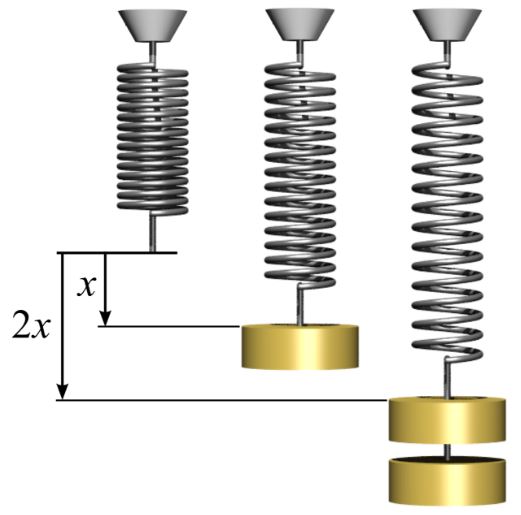Spring Scale - Product Comparisons and Review

The most important qualities to look for in a quality spring scale are:
- durability
- precision
- lightweight
- maximum weight
Buy Spring Scale (Newton meter)
Common question: Where can I buy a spring scale online?
We have reviewed and compiled the best collection of spring scales. Many of the spring scales that show up first (cheapest) on results pages have very low maximums. For instance, a common reading maximum of a cheap scale is is 0-100 g (usually in 1g increments). If you need to weigh something heavier than 100 g make sure to pay attention to this.
Standard sizes appropriate for many science experiments, science fair projects, and middle school/high school physics experiments. (Always confirm which size scale you need before buying.)
And now for a few larger sizes. Larger spring scales such as the 2000g can be used for more intense measurements like steering torque on motorcycles. These are the most affordable models that we believe will still serve their purposes.
Ridiculously heavy-duty spring scale
Just for fun, check out this electronic crane scale that can measure up to 2,000lbs! If that isn't boggling your mind, it is remote controlled like a TV.Spring scale functions and information
Spring scales come in many different sizes. In most cases, a small scale will measure newtons and a large scale will measure in tens-thousands of newtons. The world's largest spring scales allegedly measure as much as 5000g (or 5 N).
Smaller scales have springs that are much less firm than larger scales. A quality scale should have some type of dial or indication (usually on top) of the "zero" point for adjusting and maintaining scale accuracy. Some scales require spring tension "upkeep."
Spring scales designed for science/labs should only be used in educational or laboratory environments. These devices should not be used by children.
How do spring scales work?
The basic operating principle behind the spring scale is Hooke's law. Hooke's law states that the force required to extend a spring is relative to the distance that the spring is pulled out from its position of rest.

History of the spring scale
The very first spring scale was invented in 1770 by Richard Salter. George Salter and Co still makes scientific products today. A more modern U.S. patent can be viewed here. For more history on the spring scale see this blog entry.
What is a spring scale/balance used for?
A spring scale is a weighing apparatus used in industries and science experiments to measure mass or used as a accelerometer. Spring scales are not used in "legal" environments because their calibration cannot be guaranteed. Heavy or regular use on the internal spring can cause permanent stretching leading to inaccuracies.
Most common uses for spring scales
Scientific
Spring scales can be used for many types of measurements. However, one of the most popular is to use a spring scale for physics experiments to measure forces.
Digital hanging luggage scales!
Non-scientific
Spring scales are also very popular solutions for weighing luggage before travel! Check out the best selling digital hanging luggage scale.







